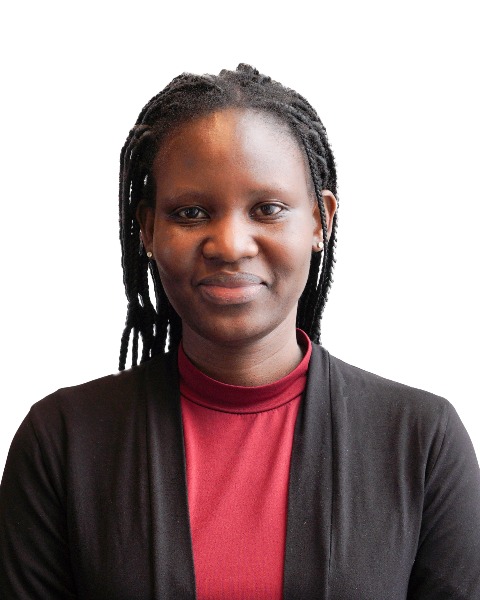Biomarkers & Translational Tools (BTT)
Category: Member Submission
Session: Poster Session I
PI-006 - OPTIMIZING REGIMEN COMBINATIONS FOR TUBERCULOSIS DRUG DEVELOPMENT.
Wednesday, May 28, 2025
5:00 PM - 6:30 PM East Coast USA Time
L. Chaba1, R. Savic2,3, R. Wijk4, Z. Li1; 1UCSF, San Francisco, CA, US, 2University of California, San Francisco, San Francisco, CA, United States, 3UCSF Center for Tuberculosis, University of California, San Francisco, San Francisco, CA, United States, 4Leiden University, Leiden, Zuid-Holland, Netherlands.

Linda Chaba, PhD (she/her/hers)
Postdoctoral researcher
UCSF
San Francisco, California, United States
Background: Tuberculosis (TB) remains the leading cause of death from a single infectious agent globally. Current treatments require at least six months of multi-drug therapy, often associated with side effects. Developing more effective TB drugs that reduce both treatment duration and toxicity while remaining affordable is critical to improving patient adherence and combating drug resistance. As the TB drug portfolio expands, identifying optimal drug combinations has become increasingly resource-intensive. Current evaluations rely heavily on the relapsing mouse model (RMM), a resource-demanding method that often requires several months. There is an urgent need to prioritize the most promising regimens to accelerate TB drug development. This study aims to develop a data science tool that integrates and aggregates data from diverse sources to prioritize the most effective regimens.
Methods: We compiled in vivo data from 54 studies with 79 regimens and 6177 BALB/c mice to create a database of RMM data. Four predefined logistic regression models were developed and compared based on their ability to predict relapse in mice. Model 1 with experimental conditions as covariates, Model 2 includes experimental conditions and colony-forming unit (CFU) change at day 28 of treatment, Model 3 with experimental conditions and drug information and Model 4 incorporates experimental conditions, CFU change at day 28, and drug information. The model evaluation used the Akaike Information Criterion (AIC) and Area Under the Receiver Operating Characteristic Curve (AUROC). The final model was used to predict T95, the time at which 95% of mice are relapse-free, allowing for comparative ranking regimens.
Results: Model 4 was selected as the final model with a cross-validation AUROC of 0.907 (95% CI: 0.891–0.92) and an external validation AUROC of 0.91. Diarylquinoline drugs showed the highest association with improved cure rates. Rank-ordering identified bedaquiline, pretomanid, linezolid, and pyrazinamide (BPaLZ) as the best regimen for treatment shortening (T95=43 days, CI=39.0–45.7 days). Some unstudied regimens showed better sterilization potential than existing regimens.
Conclusion: Our modelling approach offers a framework for integrating diverse data and knowledge sources to aid in prioritising TB regimens for clinical evaluation.
